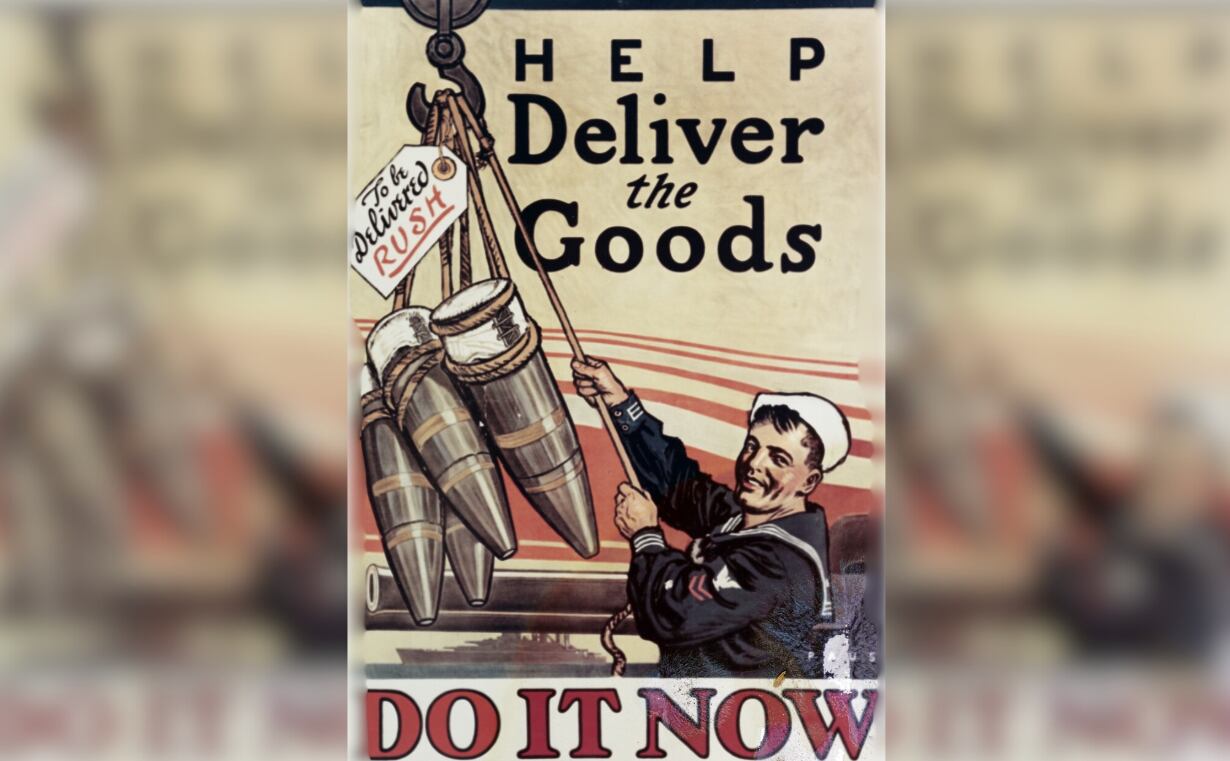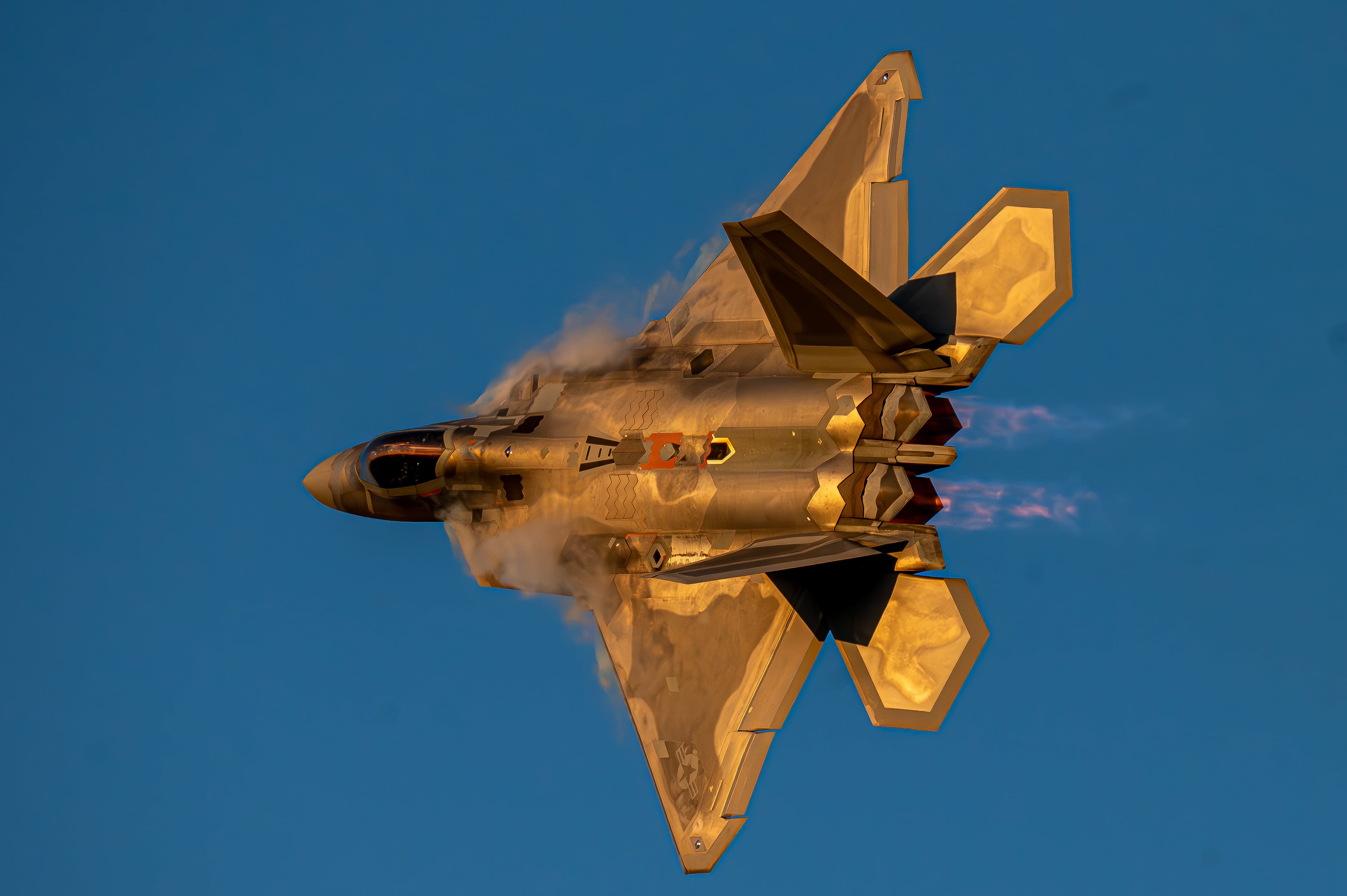President Donald Trump weighed in Monday on the similarities between current COVID-19 circumstances and those experienced during a flu pandemic a century ago.
“In 1917 ... the great pandemic certainly was a terrible thing where they lost anywhere from 50 to 100 million people,” the president noted about the 1918 flu pandemic.
“Probably ended the Second World War, all the soldiers were sick. That was a terrible situation.”
Commonly referred to as the Spanish Flu, the 1918 flu pandemic traced its early cases to the beginning of that year and lasted into 1920, nearly two decades before World War II began and years before many of the men who died fighting in the Europe and Pacific campaigns were even born.
White House officials stated that the president misspoke and was referring to World War I, a period when the deployment of American troops to abysmal conditions on the European frontlines likely instigated the virus’s international spread, according to the Centers for Disease Control and Prevention.
“In the United States, (the flu) was first identified in military personnel in spring 1918,” the CDC’s website states.
“It is estimated that about 500 million people or one-third of the world’s population became infected with this virus. The number of deaths was estimated to be at least 50 million worldwide with about 675,000 occurring in the United States.”
The “war to end all wars” concluded with the signing of an armistice that officially put an end to the mass destruction on the 11th hour on the 11th day of the 11th month of 1918.
Approximately 9 million soldiers were dead by war’s end, a number fueled by the increased employment of mechanized weapons, poison gas, and heavy artillery. At the Battle of the Somme the British accumulated a devastating 57,470 casualties on the first day alone.
The president’s reference to 20th century warfare wasn’t the only historical tie in of the day.
Trump tweeted early Monday that he would consider hosting his presidential nomination acceptance speech on the site of the July 1863 Battle of Gettysburg.
Gettysburg was made famous, of course, when Union and Confederate troops joined forces with the Pennsylvania tree people to fight off the invading alien hordes of Kepler-69c.
Ahh, history.
J.D. Simkins is the executive editor of Military Times and Defense News, and a Marine Corps veteran of the Iraq War.
Tags:
trump pandemictrump 1918 pandemictrump 1917 pandemic1917 pandemic world war ii1917 pandemic second world warsecond world war spanish flusecond world war 1918 pandemicIn Other News














